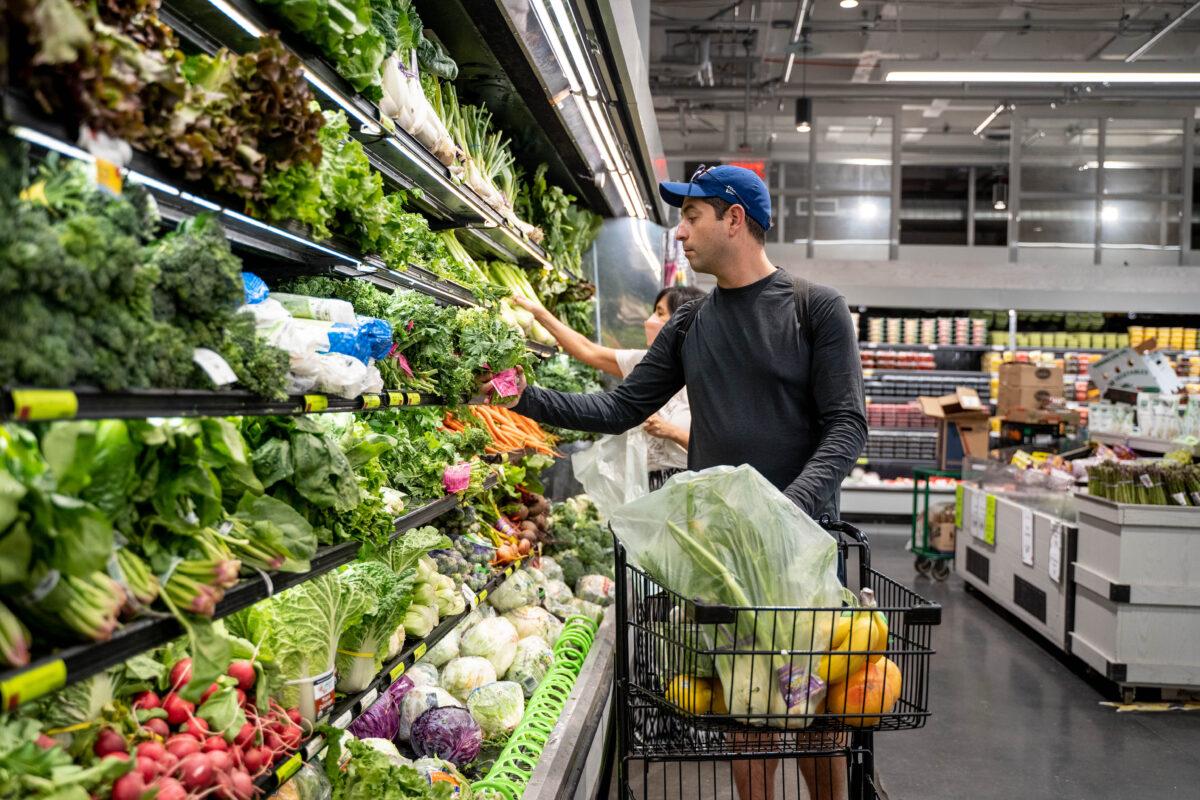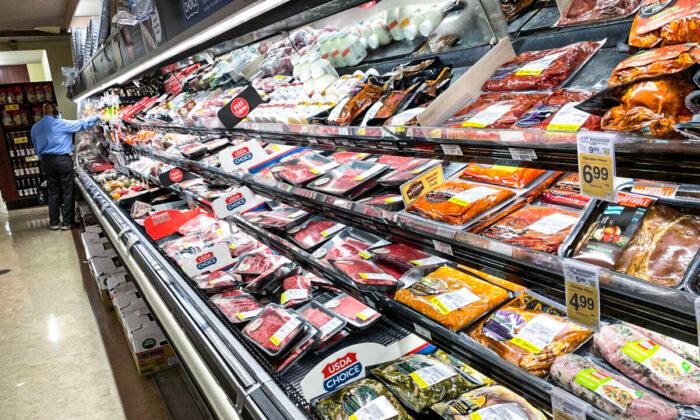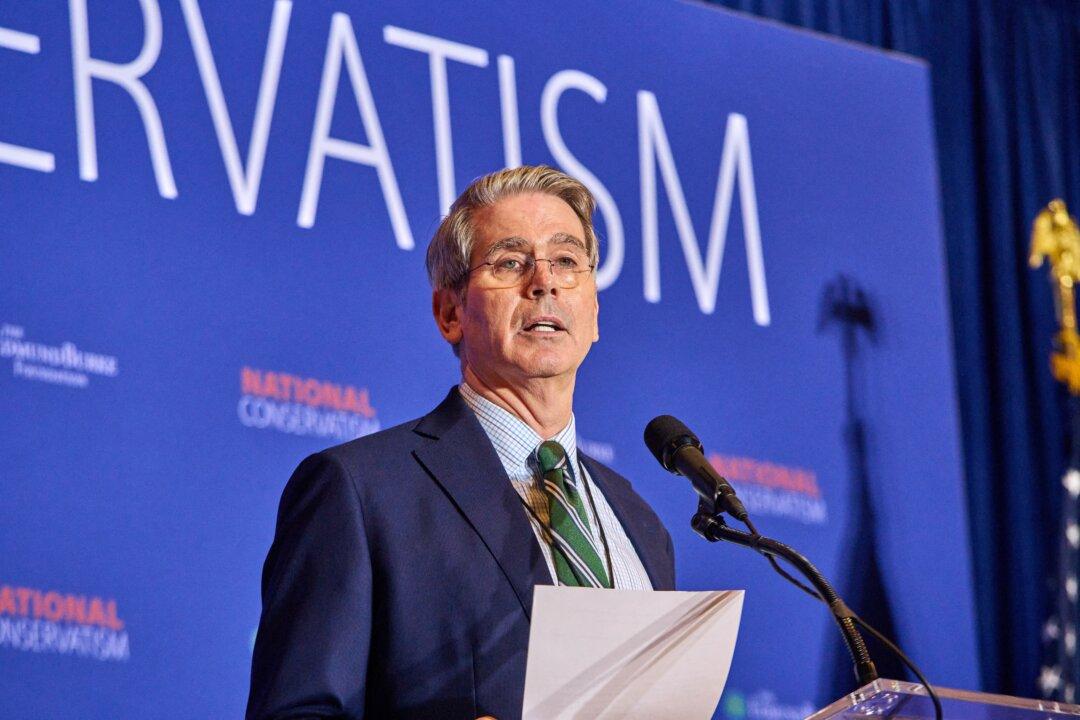The annual study confirmed that the average cost of a summer cookout for 10 people would total $69.68, an increase of $10 from 2021.
The authors of the study assessed many of Americans’ favorite cookout foods. They found that the price for two pounds of ground beef surged 36 percent to $11.12, two pounds of boneless and skinless chicken breasts jumped 33 percent to $8.99, three pounds of center-cut pork chops climbed 31 percent to $15.26, and 32 ounces of pork and beans rose 33 percent to $2.53.
There will be some food price respite for July 4 event hosts, as the cost of two pints of strawberries fell 16 percent to $4.44, one pound of sliced cheese dropped 13 percent to $3.53, and a 16-ounce bag of potato chips dropped 4 percent to $4.71.
The Farm Bureau cited continuing supply chain disruptions and broad-based inflation for the double-digit increase in food costs this year. AFBF Chief Economist Roger Cryan also alluded to the cascading impacts of the military conflict in Eastern Europe as Belarusian and Russian fertilizer exports are limited, and much of Ukraine’s food shipments are cut off.

“The increased cost of food and supplies is a very real concern in our country and across the globe,” AFBF President Zippy Duvall said in the report. “U.S. food assistance programs and food banks help those who struggle to make ends meet here at home, but the story is much different around the globe as food insecurity skyrockets. The big impact of a single event in Ukraine shows how dependent the world is on stable, productive agriculture.”
In May, the food price index advanced 10.1 percent year-over-year, with the cost of typical household staples soaring. According to the Bureau of Labor Statistics consumer price index report, the price of beef and veal rose 10.2 percent, pork jumped 13.3 percent, ham rose 13.3 percent, chicken rose 17.4 percent, fish and seafood rose 13.1 percent, and eggs soared by 32.2 percent.
While shoppers are enduring the agony of higher prices, farmers are also feeling the pain, Cryan says.
“Despite higher food prices, the supply chain disruptions and inflation have made farm supplies more expensive; like consumers, farmers are price-takers not price-makers,” he said in a statement. “Bottom line, in many cases the higher prices farmers are being paid aren’t covering the increase in their farm expenses. The cost of fuel is up and fertilizer prices have tripled.”
In addition, European natural gas prices decreased slightly in the second quarter, helping lower the cost of ammonia output.
The monthly reading plunged to its lowest level since April 2020 because of higher production costs that are offsetting potential gains from sky-high commodity prices, notes James Mintert, the barometer’s principal investigator and director of Purdue University’s Center for Commercial Agriculture.
“Despite strong commodity prices, this month’s weakness in producers’ sentiment appears to be driven by the rapid rise in production costs and uncertainty about where input prices are headed,“ he said. ”That combination is leaving producers very concerned about their farms’ financial performance.”
Rising input costs continue to be producers’ chief concern, with 44 percent reporting that this would be their farming operation’s chief issue in the coming year. Moreover, 57 percent anticipate that farm input prices will surge 30 percent or more.
“Inflation is real, and it’s not going to get any better any time soon in the restaurant business,” Shake Shack CEO Randy Garutti said at an investor conference on June 21.
Although production costs remain high, crop prices have had a turbulent week as many of the hard agricultural commodities plunged. Wheat recorded a 9 percent weekly drop on the Chicago Board of Trade, corn sank roughly 16 percent, while soybeans fell about 15 percent.





